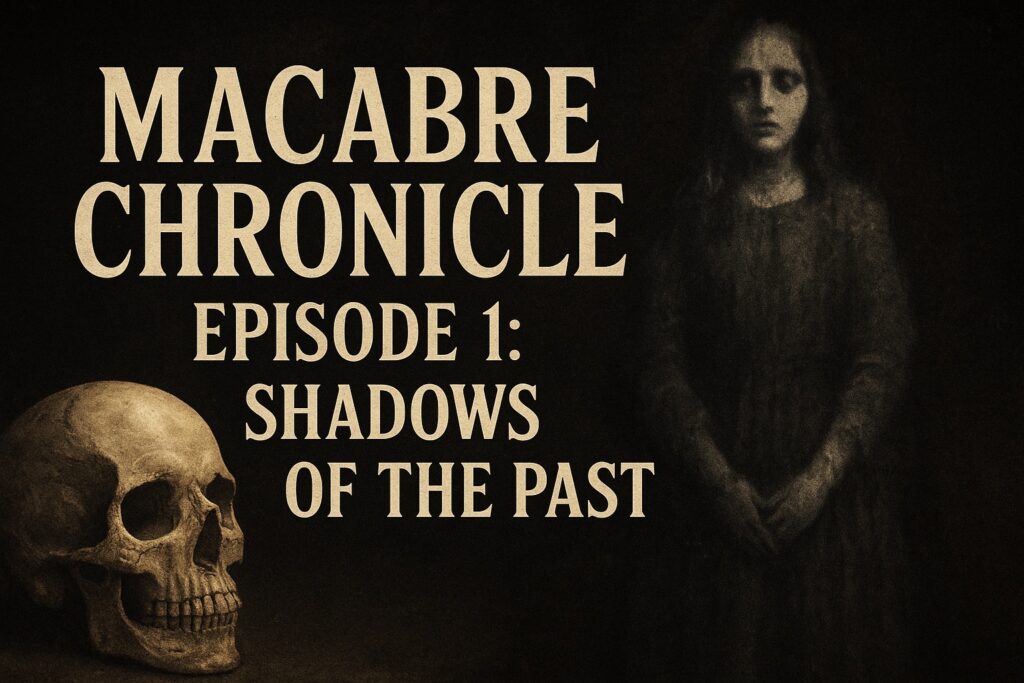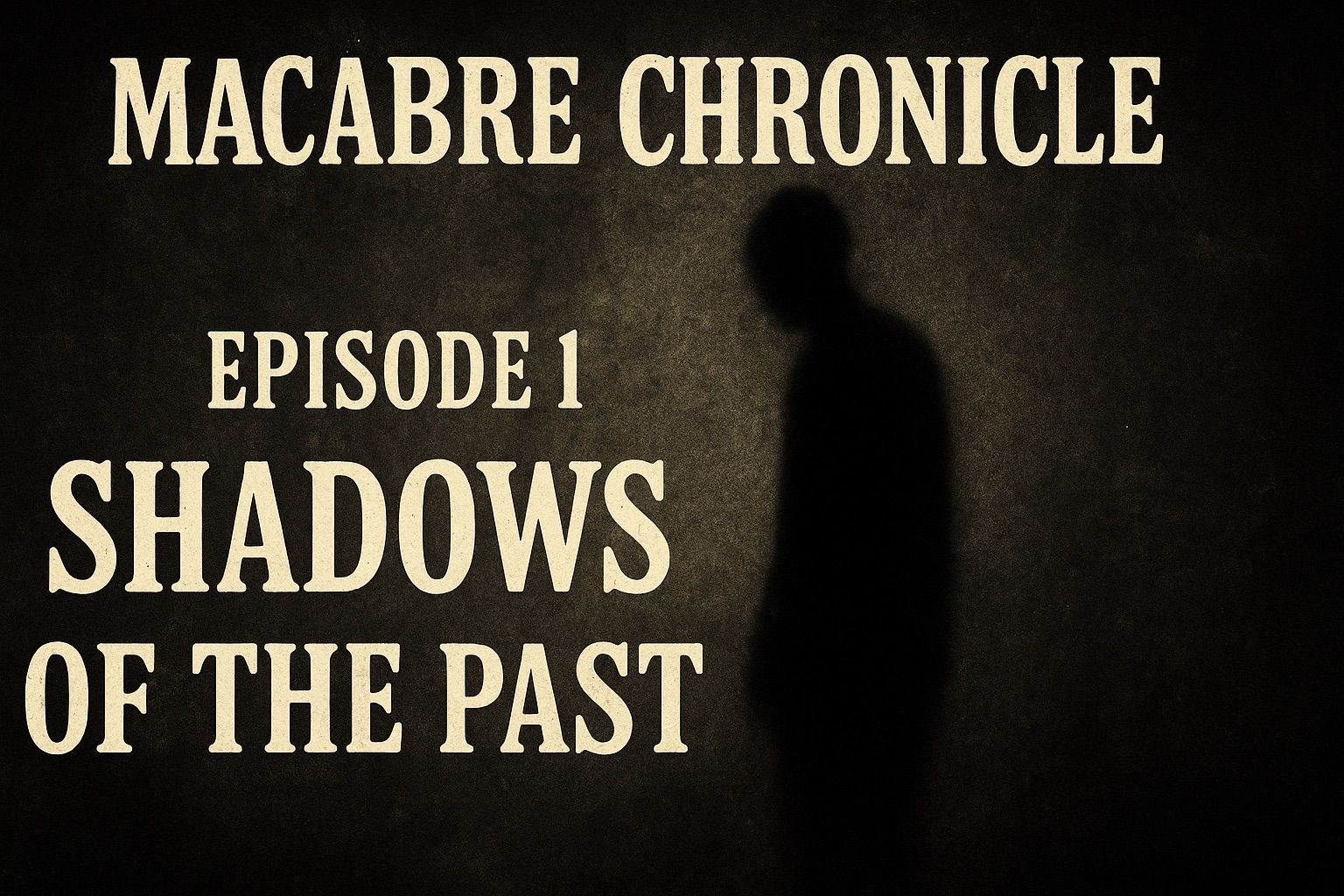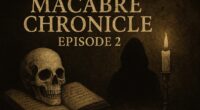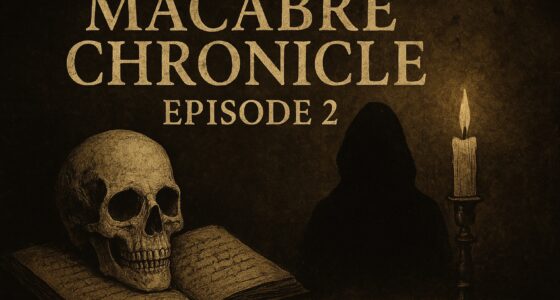⚠️ Disclaimer: This episode contains descriptions of death, decay, and disturbing historical events. It is not intended for children or for the faint-hearted. Some content may be distressing. Viewer discretion is strongly advised.
🎥 Watch the Full Episode
Introduction
Welcome to Macabre Chronicle, a series that peers into the darker corners of human history. In each episode, we uncover stories that are unsettling, disturbing, or downright macabre. This is the first episode in which we explore the facts behind some of the creepiest historical events ever recorded.
From cruel rulers and bizarre medical practices to crimes that shocked entire communities, history is full of tales that will make your skin crawl. Today’s episode runs for roughly an hour—perfect for turning down the lights, curling up somewhere safe, and preparing yourself for a journey into the parts of history that textbooks often avoid.
Human history is usually told as triumph and progress. Yet beneath the surface lurk stories of fragility, cruelty, and desperation. These are not myths or urban legends, but tales grounded in court records, forensic analyses, and eyewitness accounts. Our aim is not to shock, but to confront the truth that history can be as grotesque as it is fascinating.

So take a deep breath, leave behind the safety of the present, and join us in the shadows.
Segment Highlights
1. When the Law Put Animals on Trial
In medieval France, pigs, horses—even insects—could face prosecution. The infamous 1457 Savigny trial saw a sow convicted of killing a child and hanged in human clothes, while her piglets were acquitted. Justice, in the Middle Ages, extended even to animals.
2. The Boy Pharaoh Who Hated Flies
Pharaoh Pepi II reportedly ordered his servants to smear themselves with honey so that flies would stick to them instead of bothering him. A cruel example of how absolute power warped human dignity.
3. Syphilitic Zombies and the Quest for New Noses
In Renaissance Europe, syphilis ravaged bodies. Surgeon Gaspare Tagliacozzi experimented with reconstructing noses using skin grafts from patients’ arms—sometimes binding the arm to the face for weeks.
4. Talking Corpses and the Ordeal of the Bier
Medieval belief held that a corpse could “bleed” in the presence of its murderer. Known as cruentation, this eerie superstition blurred justice and supernatural fear.
5. Photographs of the Dead: Victorian Mourning Portraits
Families posed with deceased loved ones for final portraits, sometimes painting eyes on negatives to make them appear alive. For Victorians, it was a last chance at remembrance.
6. Partying with the Dead: Victorian Mummy Unwrapping
High society in 19th-century Britain held mummy unwrapping parties, turning sacred Egyptian remains into entertainment.
7. Gibbets: Displaying Death as a Warning
Criminals’ bodies were displayed in iron cages, swaying for years in the wind—grim landmarks meant to deter crime.
8. The Radium Girls
Women who painted glowing watch dials were poisoned as radium rotted their bones from the inside. Their suffering led to vital workplace safety reforms.
9. The Dancing Plague of 1518
Hundreds in Strasbourg danced uncontrollably until collapse and death. Scholars debate if it was ergot poisoning, stress hysteria, or divine fear.
10. Starving Time at Jamestown
Archaeology confirmed cannibalism during the colony’s desperate winter of 1609–1610. The skeletal remains of “Jane” bear marks of butchery.
11. Mary Toft’s Rabbit Births
In 1726, Mary Toft tricked doctors into believing she gave birth to rabbits, stuffing animal parts inside her body. The hoax embarrassed physicians across England.
12. Minnie Dean: Baby Farmer of New Zealand
Minnie Dean cared for infants—for a fee. But after several deaths, she was convicted of murder and executed, later becoming a folk bogeyman.
13. Ghostly Silhouettes: Atomic Bomb Shadows
The Hiroshima and Nagasaki bombings left chilling “shadows” of incinerated people etched into stone—haunting reminders of nuclear destruction.
Conclusion – Facing the Darkness
As our first journey into the unsettling corners of history closes, we’ve confronted stories of cruelty, superstition, survival, and exploitation:
- Animals hanged like humans
- Flies diverted by honey-coated servants
- Syphilitic zombies searching for new noses
- Corpses bleeding to convict murderers
- Families photographing the dead
- Mummies unwrapped in parlors
- Radium poisoning glowing bones
- Cannibals at Jamestown
- Rabbit births, baby farmers, and atomic shadows
We explore these horrors not to revel in gore, but to understand how humans, across eras, grappled with fear, death, and survival.
Progress often arises from tragedy—the Radium Girls forced safety reform, Mary Toft’s hoax advanced obstetrics, and the abolition of gibbets shaped modern justice.
This is Macabre Chronicle – Episode 1: Shadows of the Past.
In our next episode, we’ll unearth new tales: the dancing plague of Molenbeek, the human taxidermy of El Negro, and the bone churches of Europe.
Until then—remember:
Behind every ghost story is a human story.
Behind every shadow is a life once lived.
Good night, and beware the shadows.









